Waffle Garden vs. 100F
ZachS. z5 Platteville, Colorado
3 years ago
Featured Answer
Sort by:Oldest
Comments (7)
daninthedirt (USDA 9a, HZ9, CentTX, Sunset z30, Cfa)
3 years agolast modified: 3 years agoRelated Professionals
West Milford Landscape Architects & Landscape Designers · Forest Park Landscape Architects & Landscape Designers · Redondo Beach Landscape Architects & Landscape Designers · Fort Wayne Landscape Contractors · Haverhill Landscape Contractors · Hendersonville Landscape Contractors · Pleasant Prairie Landscape Contractors · San Antonio Landscape Contractors · Skokie Driveway Installation & Maintenance · Waunakee Landscape Architects & Landscape Designers · Gresham Landscape Contractors · Metairie Landscape Contractors · Painesville Landscape Contractors · Thornton Landscape Contractors · Wethersfield Landscape Contractorsdigit (ID/WA, border)
3 years agonaturegirl_2007 5B SW Michigan
3 years agoCA Kate z9
3 years agotheforgottenone1013 (SE MI zone 5b/6a)
3 years agogjcore
3 years agolast modified: 3 years ago
Related Stories

GARDENING GUIDESGet the Dirt on Your Garden’s Soil
Understand how your soil supports your plants so you can ensure your garden’s success
Full Story
LANDSCAPE DESIGNGarden Walls: Dry-Stacked Stone Walls Keep Their Place in the Garden
See an ancient building technique that’s held stone walls together without mortar for centuries
Full Story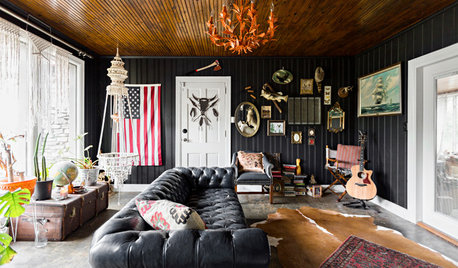
HOLIDAYS100 Homes Around the U.S. Say Happy Fourth of July!
Enjoy a visual tour of houses and gardens stretching from mountains to desert and sea to shining sea
Full Story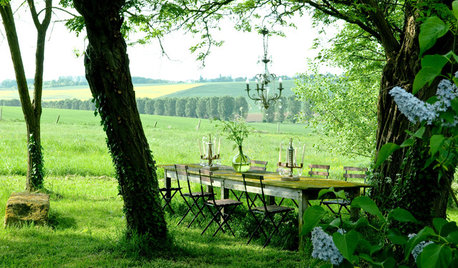
MOST POPULARDiscover 100 of the Most Beautiful French Homes on Houzz
We mark Bastille Day with a journey through a wide-ranging collection of gorgeous French homes and gardens
Full Story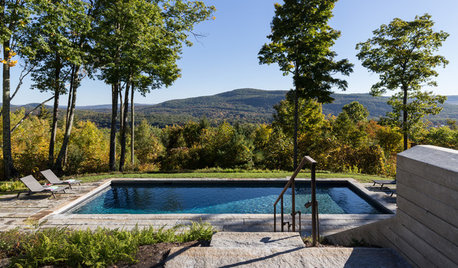
WORLD OF DESIGN100 Sparkling Pools With Postcard Views
Take in these photos of pristine pools set in gorgeous landscapes around the world
Full Story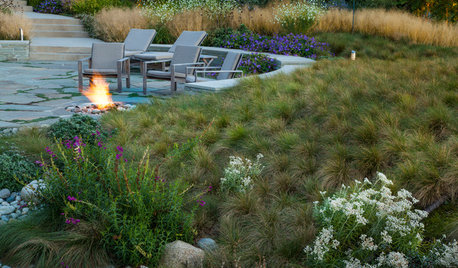
GARDENING GUIDESGet Year-Round Good Looks With Matrix Planting in Your Garden
Any garden — from 100 square feet to 10,000 square feet — can apply this low-maintenance, sustainable design method
Full Story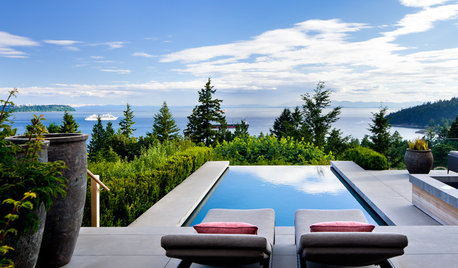
WORLD OF DESIGN100 Postcards From Beautiful Canada
Celebrate Canada Day with a virtual visit to some of our favorite homes and gardens
Full Story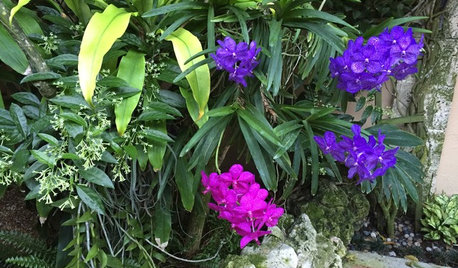
INSPIRING GARDENSThe Garden That Orchids Built
The owners of a famous orchid nursery create a sanctuary for themselves in South Florida
Full Story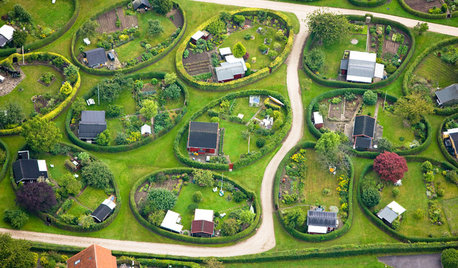
BOOKSThis Is What the Last 100 Years of Landscape Design Looks Like
See 10 of the projects featured in a new book that highlights 100 noteworthy landscapes from the past century
Full Story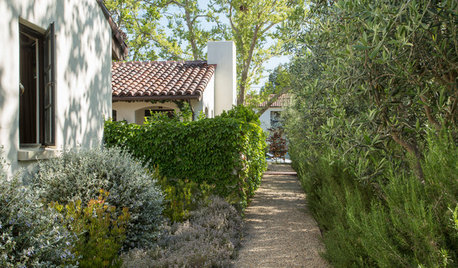
EVENTSTour 5 Gorgeous California Gardens
Get a sneak preview of Palo Alto gardens in the 2015 Gamble Garden Spring Tour, happening Friday and Saturday
Full StoryMore Discussions






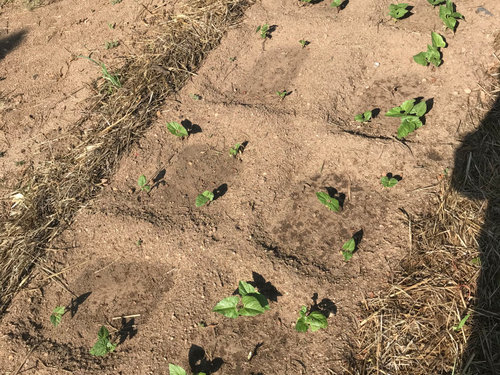
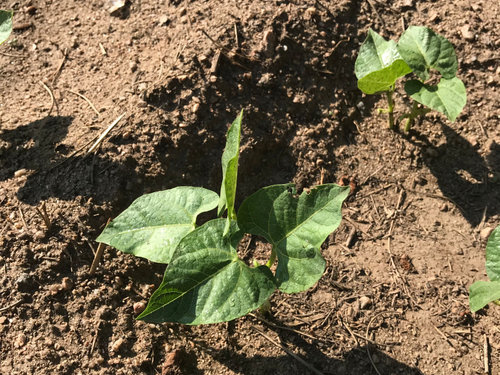

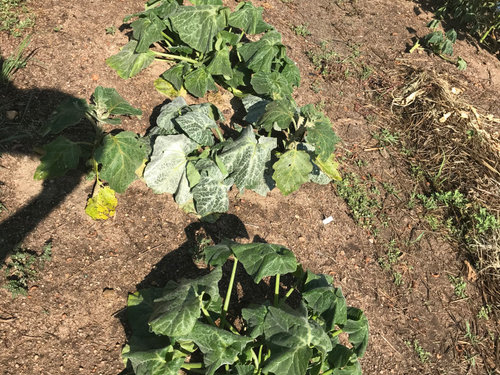
popmama (Colorado, USDA z5)